Earthquakes can be powerful forces that can cause immense destruction to a child’s community, home or school, and cause the death or injury of people most important to the child. As seen in Turkey and Syria, a child may be left orphaned, separated from family members, homeless and even disabled due to extensive injuries caused by the damaged buildings and debris. It can seem overwhelming when trying to help a child cope with these losses, especially after experiencing such devastation. However, with the proper support from a caring adult, children’s resiliency and healing process can be fostered.
What to expect: normal responses to an earthquake
After an earthquake, like after other types of disasters, there are normal responses which children, like adults, will have to the trauma that has been experienced and the impact on the child’s daily routine, family unit, school, peer relationships and even location of the home. The following responses occurring immediately following a disaster are considered expected, normal responses to an abnormal and devastating situation.
Preschoolers (Age 2-6):
- Uncontrollable crying
- Running aimlessly
- Excessive clinging and fear of being alone
- Regressive behavior
- Sensitive to loud noises
- Confusion and irritability
- Eating problems
- New fears
School age (age 7-12):
- Non-specific physical complaints (aches and pains)
- Appetite changes
- Sleep changes (trouble falling asleep, bad dreams)
- Sadness
- Withdraw from peers
- Irritability
- Whining, clinging
- Aggression and questioning authority
- School avoidance, loss of interest and difficulty concentrating in school
- Regressive behavior
- Rebellion at home or school
- New fears
School age (age 7-12):
- Non-specific physical complaints (aches and pains)
- Appetite changes
- Sleep changes (nightmares, trouble falling asleep)
- Sadness
- Withdrawal and isolation
- Irritability and acting out
- Excessive fears and worry
- Agitation and apathy
- Risk-taking behaviors
- Poor concentration
- Disenchantment (what’s the point?)
- Feelings of hopelessness and helplessness
- New fears
Stages of grief
- Denial: The first stage consists of refuse to believe what has happened. During this stage, children sometimes “make believe” that the loss has either not occurred or pretend that everything is “fine.”
- Anger: Once a child has stopped denying that the trauma has occurred, anger often follows. Anger can manifest itself in many ways, ranging from blaming others for the loss to turning anger inward and blaming oneself.
- Bargaining: Anger then fades into attempts to bargain the trauma away. Children resort to this emotional strategy with the hope of removing the reality of what has happened.
- Sadness: When a child comes to realize the loss is permanent, sad feelings set in. This is often the most difficult stage.
- Acceptance and Resolution: During this stage, the child accepts the loss and can move on with his or her life. With the resolution of the loss comes increased energy, renewed goals for the future and return to previous level of functioning.
The grief process
It is natural that, following a severe earthquake, a child will grieve the loss of loved ones, pets, toys, home and/or community. The intensity and duration of an individual’s grief reaction depends on how significant the loss is perceived to be. The stages of grief are experienced differently by individuals. Most children can work through grief and return to their previous level of emotional functioning, within several weeks. Sometimes, however, an individual may become stuck in one state and have difficulty moving on to the next or may skip a stage only to go back to it later.
How to help
- Create a feeling of safety: Your child looks to you to create a feeling of safety and security. Your ability to remain calm can do much for your child. Share in simple terms how you are feeling and explain ways that you are trying to cope with what happened. Emphasize that you and other adults are doing everything possible to make sure that people are safe, secure and free from harm.
- Be available: Let your children ask questions. Know that you may need information that is difficult to understand.
- Respect all feelings: Your child’s feelings, thoughts and reactions may be different from your own.
- Be age appropriate: Each child reacts to disasters according to his/her emotional and developmental stage. Each stage brings to a child a new understanding of the world and how events happen. Therefore, it is important to explain the events in words that a child can understand.
- Express through play and art: Some children may not want to talk about their feelings or fears. Help them express how they are feeling through drawing, playing, writing or other age-appropriate activities.
- Reframe: Your child will receive information not only from you, but also from peers and the media. Ask your child about what he or she knows. If your child chooses to do so, let him or her explain in his or her own words the earthquake and its effects. This will provide an opportunity to clear up any misinformation or misconceptions.
- Educate: You may need to provide explanation about what are aftershocks and that they will become fewer in number and less strong overtime. Provide children with the basic, accurate information that they need. Avoid details, as they will likely be upsetting.
- Reduce media exposure: Minimize your child’s exposure to media coverage of the earthquake. Viewing images or hearing descriptions of the earthquake and its aftermath will only heighten a child’s anxiety. For example, a young child may not understand that media footage of collapsing buildings or distraught victims are replays of an event and may think that a new earthquake has occurred.
- Reach out: Talk about ways that your child can help other victims of the earthquake. Writing cards, sending drawings or volunteering time can help you and a child contribute to the community healing process.
- Get support for yourself: Vent your concerns, fears and anxieties to another caring adult, not your child.
When to contact a mental health professional
Some of the normal reactions described above may not appear immediately or may occur weeks after the earthquake. When occurring during the few weeks following a trauma, your child’s reactions are normal and expected. If the earthquake displaced you and your family and severely disrupted normal routines, a child may need a longer recovery time. If your child’s emotional responses have persisted for longer thank 4-6 weeks or are accompanied by significant functional impairment, then you should seek assistance from a mental health professional. If your child is “stuck” on the earthquake, and keeps re-living it in thoughts, feelings, images or behavior, talk with your pediatrician and get a referral for a child and adolescent psychiatrist, social worker, psychologist or other mental health professional that has experience working with children. You can also contact your local school, children’s hospital, or community mental health organization and ask for a referral in your area.
Living in an earthquake prone area
If you have not been displaced by the earthquake or decide to return home after having been displaced, your child may have fears associated with living in an area where an earthquake took place. Plan with your child about what to do to prepare for a future earthquake. The plan should include where to seek shelter and safety, as well as ways to communicate with each other and find each other should you get separated during or after an earthquake. As your child could be at school when a disaster strikes, familiarize yourself with the school emergency plan and make sure your own plan is compatible with the school’s plan. Having a family plan can provide a child and family a sense of mastery over the danger and help to calm fears.
Activity idea
Invite your child or a group of children to draw or create an image of a place that feels safe and comfortable. Next, ask your child to describe the place that he or she has created. Depending on what was created, you may ask questions such as “What does it look like?”, “What is there?”, “What do you hear, smell, feel, touch and taste in this place?”, “What things in this place help you?”, “Are there special people who you’d like to be there to keep you safe?” Use this activity to learn about what helps your child to feel calm and safe. With the information learned, you can help your child during times of stress by re-creating that safe place with calming toys, sounds or other objects.
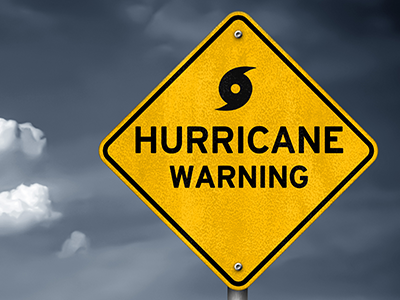 https://riseandshine.childrensnational.org/wp-content/uploads/2024/04/Hurricane-warning-sign-feature.png
300
400
Danielle Robbins
https://riseandshine.childrensnational.org/wp-content/uploads/2017/11/childrens_riseandshine_logo.jpg
Danielle Robbins2024-04-10 14:14:482024-04-10 14:16:08Helping your child weather the storm: A guide to post-hurricane healing
https://riseandshine.childrensnational.org/wp-content/uploads/2024/04/Hurricane-warning-sign-feature.png
300
400
Danielle Robbins
https://riseandshine.childrensnational.org/wp-content/uploads/2017/11/childrens_riseandshine_logo.jpg
Danielle Robbins2024-04-10 14:14:482024-04-10 14:16:08Helping your child weather the storm: A guide to post-hurricane healing


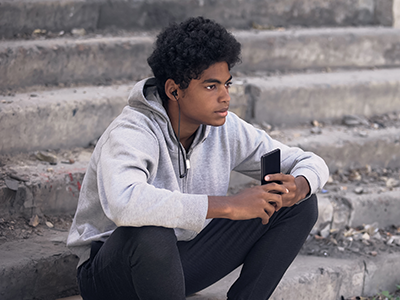

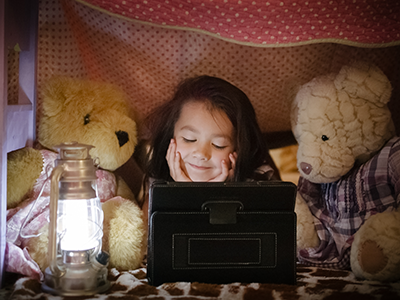
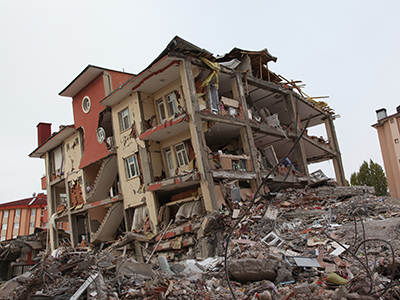


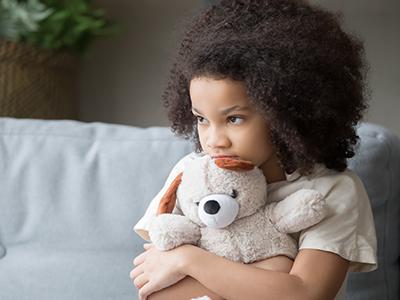
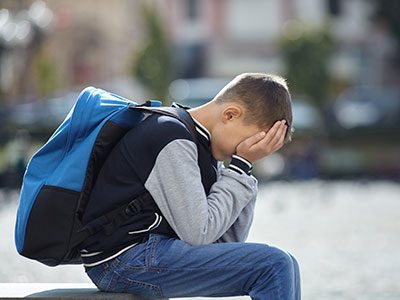
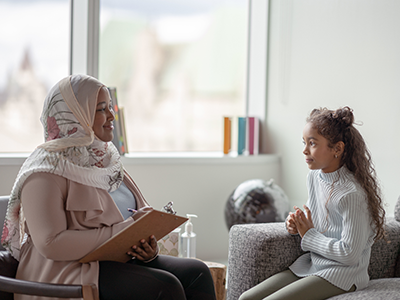



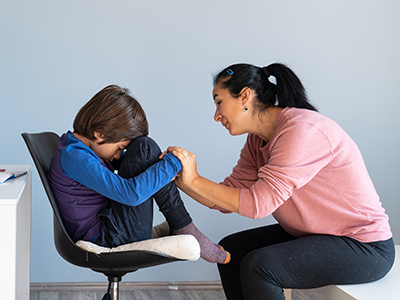
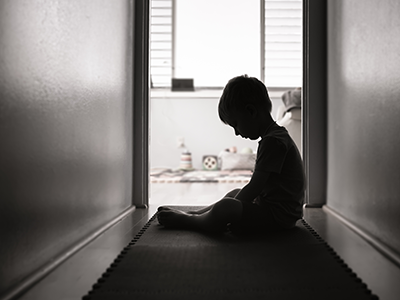
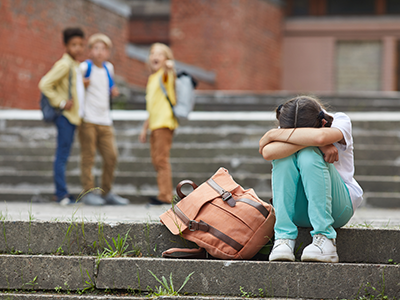
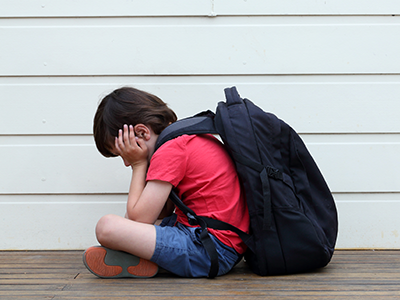
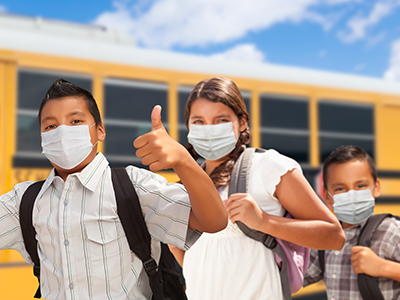
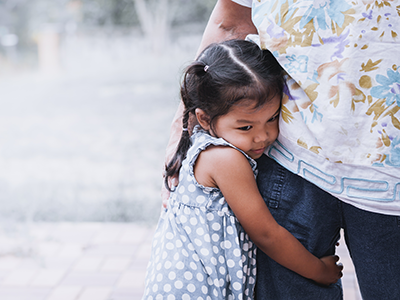
Leave a Comment
Want to join the discussion?Feel free to contribute!